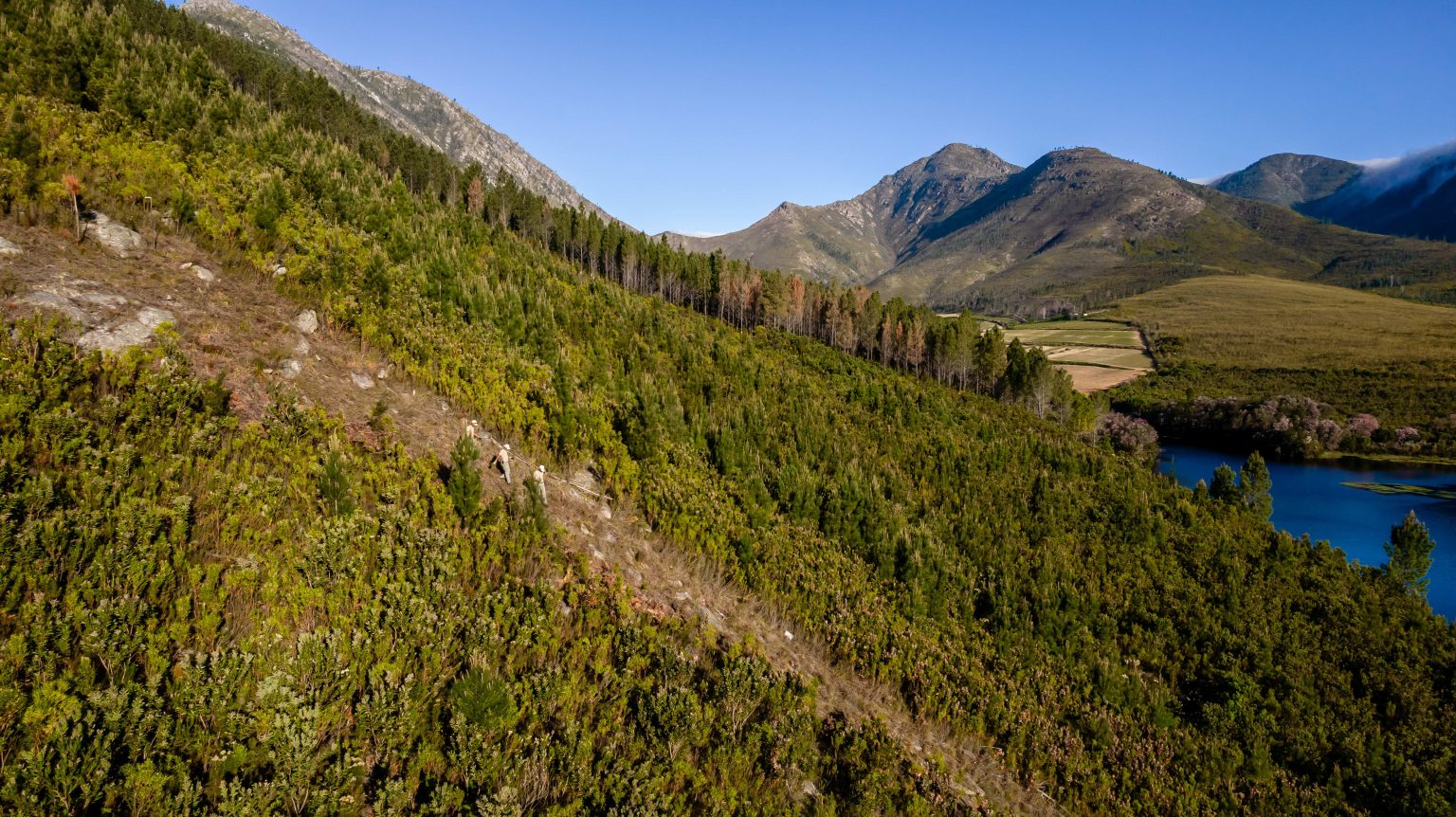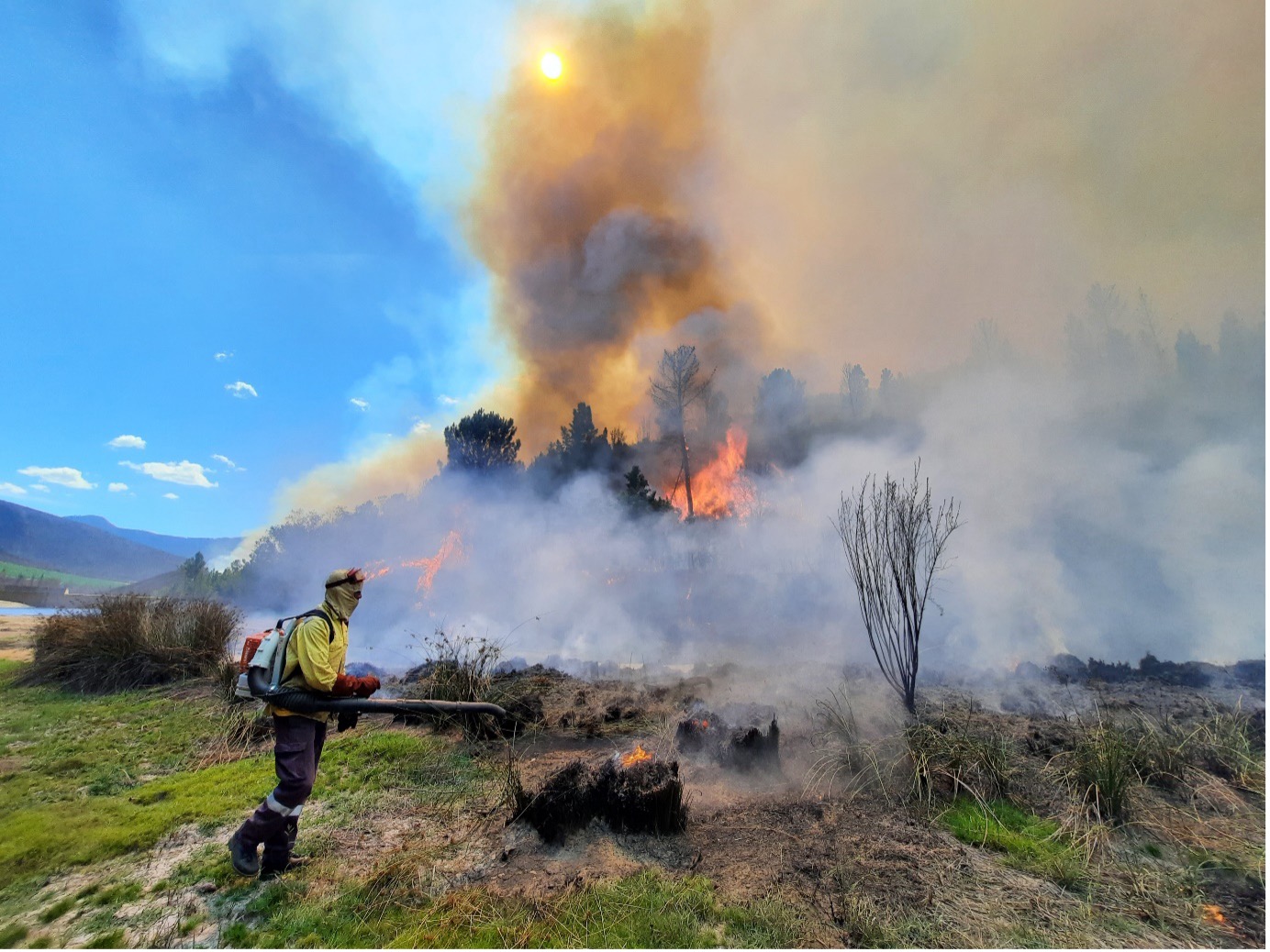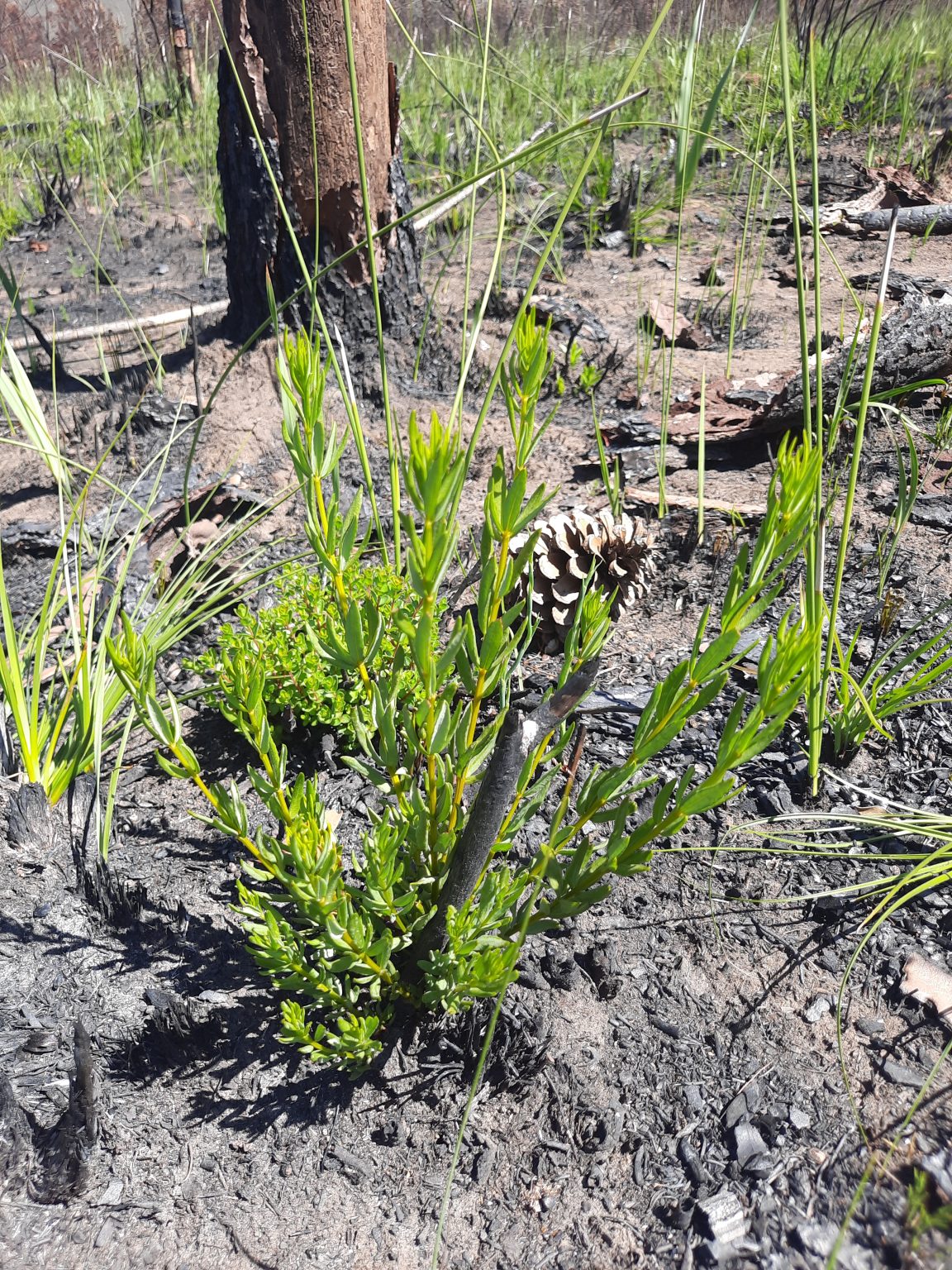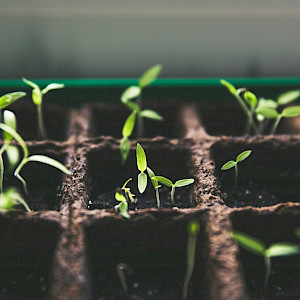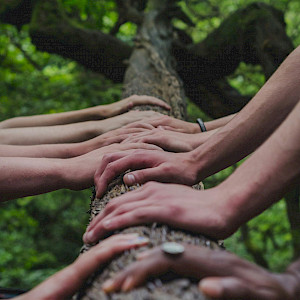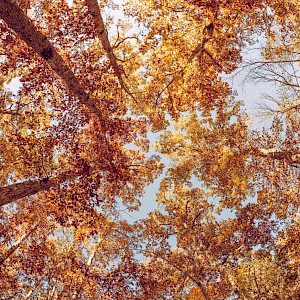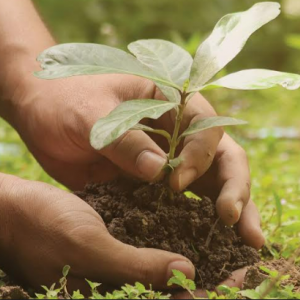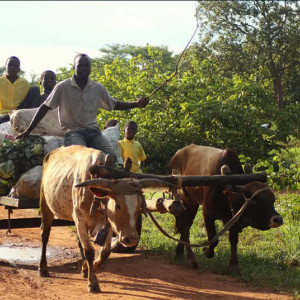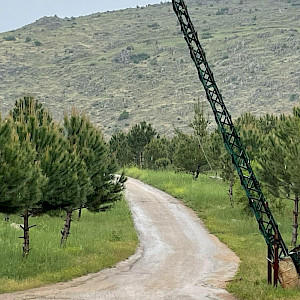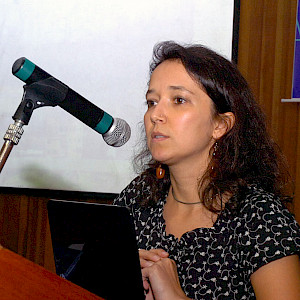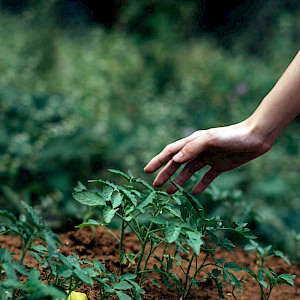Reforestation is often touted as a universal solution to environmental degradation – ‘plant more trees, save the planet!’. While planting trees can be beneficial in many contexts, it is not always the appropriate response, especially in ecosystems where certain tree species do not belong. The fynbos biome of South Africa is a prime example where non-indigenous tree species can have detrimental effects.
The fynbos biome is one of the most biodiverse regions on the planet and is recognised as a World Heritage Site. It boasts an exceptionally high number of “endemic” plants and animals – species found nowhere else in the world. Certain indigenous fynbos species, such as Honeybush (Cyclopia species), are not only ecologically valuable but also hold significant economic value due to their use in the herbal tea industry.
Invasive alien tree species, such as pines (Pinus pinaster) and black wattle (Acacia mearnsii), have become a major problem in fynbos ecosystems. These species outcompete indigenous fynbos vegetation, reduce biodiversity, and alter natural fire regimes. Invasive pines and gum trees (Eucalyptus species), for instance, consume large amounts of water, impacting water resources crucial for both ecosystems and human use.
In the Langkloof, South Africa, the Joubertina Dam – a vital water source for the town of Joubertina and the surrounding agricultural areas – has been significantly affected by pine invasions in its water catchment area. The pines have grown so large and dense that it is impossible to cut them down. This is where fire comes in.
Using fire as a tool for restoration
Generally, we associate fire with destruction – like the wildfires that ravaged parts of Australia and the United States. However, fire can actually be used as a sustainable land management tool. In fynbos ecosystems, fire is a natural and necessary process that promotes the regeneration of indigenous species and maintains biodiversity. Historically, these ecosystems have evolved with fire, making them well-adapted to periodic burns.
Prescribed burns, also known as controlled fires, are deliberately set and managed to achieve specific ecological outcomes. This method offers several benefits when it comes to managing invasive species and restoring natural ecosystems:
1) Prescribed burns can effectively reduce the density of invasive trees, making manual removal or ring-barking more feasible.
2) Regular burns help maintain the ecological balance by promoting the growth of fire-adapted fynbos species.
3) Fire helps to clear out invasive alien plants, allowing indigenous vegetation to thrive and supporting a diverse range of plant and animal life.
4) Fire gets rid of invasive alien trees that use far more water than fynbos species, improving catchment hydrology.
Prescribing burns to replenish water reserves: the case of the Joubertina Dam
Planning the burn
In an effort to rehabilitate the fynbos ecosystem and improve catchment functionality, Living Lands, the Baviaanskloof Bewarea, and the Southern Cape Fire Protection Association (SCFPA) implemented a large prescribed burn in the northern section above the Joubertina Dam this year. This area, heavily infested with mature pine trees, had not burnt since 2009.
The main economic activity in the Langkloof is pome fruit farming, so the valley bottoms surrounding the Joubertina Dam are primarily valuable orchards of apples and pears. It is extremely risky for farmers to execute prescribed burns themselves because if anything goes wrong, they could see their livelihoods go up in smoke! When carrying out prescribed burns in agricultural areas, fire breaks are essential to protect farmers’ crops and infrastructure. A fire break is a wide path of cleared vegetation that acts as an incombustible barrier to slow down or stop a runaway fire.
The prescribed burn in the Joubertina Dam catchment was meticulously planned over many years. Several firebreaks were built and maintained to ensure the safety and effectiveness of the burn. However, building and maintaining fire breaks in steep, mountainous fynbos areas like the Langkloof is no easy task. It requires a lot of ‘manpower’ and specialised machinery.
Implementing the burn
The ecological goal of this prescribed burn was to reduce the density of pine trees to improve water availability to the dam and promote the regeneration of indigenous fynbos species. Because the pine trees in the Joubertina Dam catchment were so large and dense, a very hot “crown fire” was needed to kill them. This type of fire requires very specific weather conditions – the wind direction, temperature, and humidity all needed to be just right. Finally, on the 21st of March 2024, after waiting for over a year, the weather conditions were perfect for the prescribed burn.
The squad of Southern Cape FPA firefighters gathered, and the local farmers sent teams of their workers, and tractors drawing water bowsers to help control the fire. There was even a helicopter on standby in case the fire got out of control. On each of the hilltops around the dam were fire-spotters, stationed to watch out for any sparks that could ignite areas outside of the intended burn area. A drone was used to monitor the fire and ensure that everything went according to plan.
Careful calibration – and the importance of after-care
The team worked together for three days and nights to keep an eye of flare-ups and ‘mop up’ any that occurred. Finally, the burn was completed successfully, exceeding expectations by killing over 80% of the pine trees. This significant reduction in pine density now allows for more manageable manual removal of the remaining trees.
Soon after the fire, in the deforested areas, erosion control structures such as eco-logs were installed to prevent soil erosion on the unvegetated land surface. Additionally, the area was re-seeded with indigenous fynbos seeds collected from the adjacent, unburnt fynbos veld. These efforts aim to stabilize the soil and promote the recovery of natural vegetation.
Understanding that reforestation is not a silver bullet
Prior to the burn, the Joubertina Dam was at a critically low level, at only 4% of its capacity due to prolonged drought conditions. The population of the town and the farmers were extremely worried and were experiencing water outages. Remarkably, just two weeks after the burn, the area received 200mm of rain, causing the dam to fill and even spill over.
Although the prescribed burn had very little to do with the dam’s replenishment (due to the large size of the rainfall event) there was a significant change in perspective amongst the people of Joubertina and the local farmers. They could suddenly see the value of catchment management, and how controlled fires can have a resoundingly positive impact, not only for the fynbos veld and its biodiversity, but for the whole community who benefits from the ecosystem services the catchment provides. There was a return of inspiration. The positive outcomes of this project highlight the effectiveness of prescribed burns in restoring and managing fynbos ecosystems.
While reforestation can be beneficial in many contexts, it is not always the right solution, especially in ecosystems like fynbos where invasive alien trees cause harm. Prescribed burns offer a sustainable and effective land management tool to control invasive species and restore ecological balance. The success of the Joubertina Dam project serves as a testament to the importance of using appropriate methods tailored to specific ecosystems.
Top tips for prescribed burns:
Implementing a prescribed burn requires careful planning and preparation to ensure it is conducted safely and effectively. This involves:
1) Collaboration: Working with local farmers, fire protection associations, and securing funding, as Living Lands did with the Coca-Cola Foundation.
2) Comprehensive planning: Developing detailed burn plans, including ecological goals, methods, and safety measures.
3) Monitoring and evaluation: Continuously monitoring the burn and assessing its impact to ensure objectives are met and that the fire does not get out of control.
It’s important not to miss any of these steps if you want to implement a prescribed burn in your landscape.

